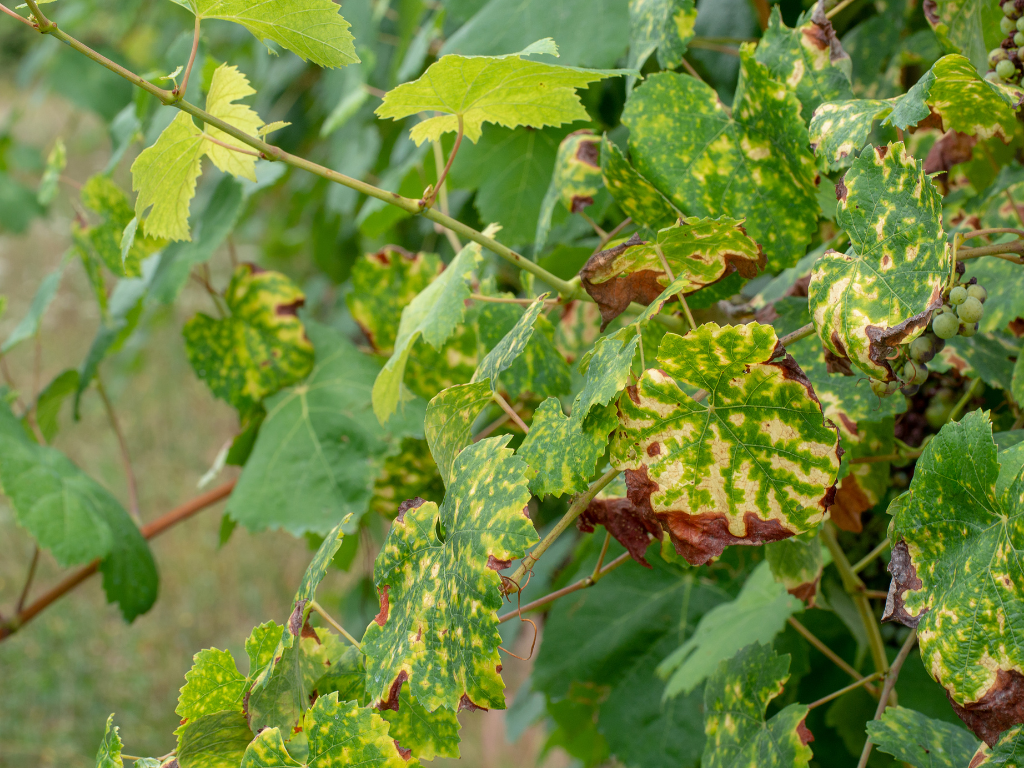Whenever I see happy plants in my home or garden, it makes me feel happy and satisfied. The vibrant green coloured leaves and bright coloured flowers always soothes my eyes. I am sure for plant lovers like us this is our happy place. But many a times we see that the plants have started to turn yellow and the leaves start to fall. Let’s talk about the various reasons which lead to the yellowing of leaves.
Improper Nutrition –
The leaves of plants are green due to the presence of a pigment called chlorophyll which is responsible for photosynthesis. Absence of nutrients which are directly or indirectly involved in formation of chlorophyll, leads to yellowing of leaves.
- Magnesium Deficiency – If you observe carefully you will be able to see veins in leaves of plants which act as a network to transport food, water and minerals. If the yellowing occurs between these veins, it is a classic sign of Mg deficiency. The leaves will develop yellow patch like appearance when seen from a distance. The veins stay green and the edges are the last once to lose their colour.
- Potassium deficiency – In this the outer margins of leaves turn bright yellow. The leaves become mottled means yellowing occurs in between veins. Its prolonged deficiency may even lead to death of plants or it’s parts.
- Nitrogen deficiency – Due to lack of nitrogen the tips of leaves start to turn yellow first. In the older leaves a typical ‘V’ shaped yellowing occurs which is a typical sign of nitrogen deficiency. The deficiency symptoms occur first in older leaves and later on the younger leaves also start to lose their green colour.
Lack or excess of water –
Optimum amount of water is very important to properly maintain the health of plants. Excess watering can lead to rotting of roots. Overly wet soil leads to deficiency of air which suffocates the plants and absorption of nutrients is also hampered. This leads to yellowing of leaves and other parts of plants. If the soil is dry, plants cannot absorb nutrients from soil which again leads to similar kind of symptoms. So try and maintain proper drainage for your plants and water them regularly to avoid it.
Soil pH –
The acid or alkaline nature of soil may harshly effect plant growth and appearance. Plants can absorb and utilise nutrients only at a certain pH level. The optimum pH level is between 5.5-7 in which most of nutrients are available to them.
The above mentioned reasons may lead to yellowing of leaves. Deficiency of nutrients is the root cause which may happen directly or indirectly. Look out for the symptoms and take care of your plants accordingly.
Written by
Antra Thada
- Antra is PhD scholar at IGKV, Raipur
- Receiver of Gold Medal in Master’s
- An agriculturist by profession
- Doctoral research fellow in Genetics and Plant breeding
Antra is Author of the Ebook – Finding your Soil-Mate.
Content Writer, Specialist for Reema’s Garden!

